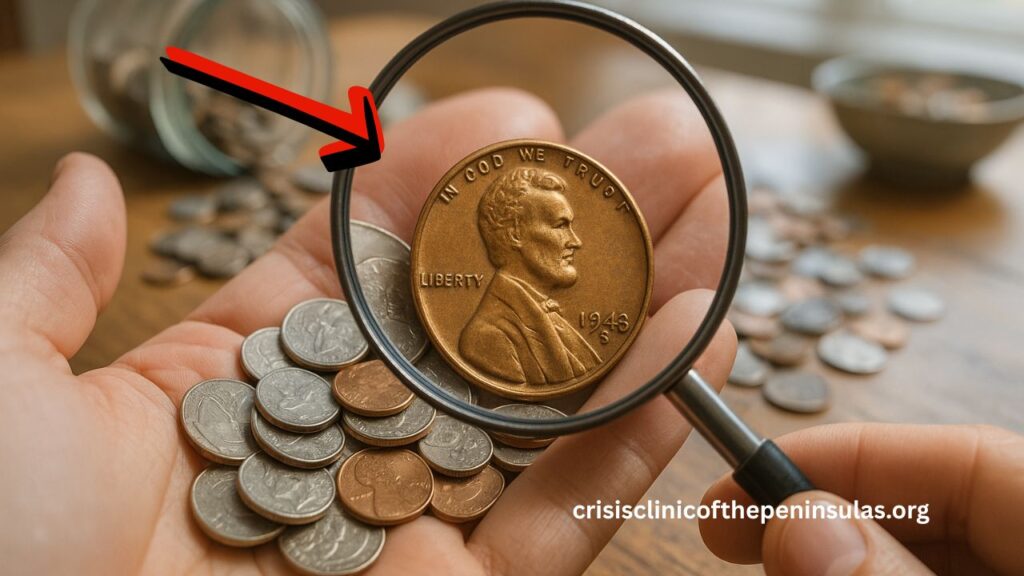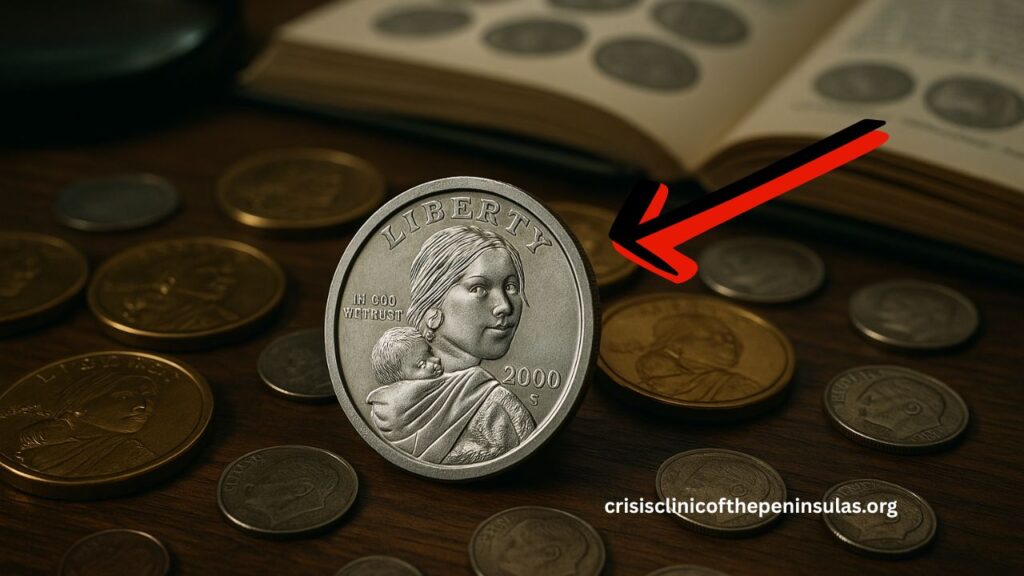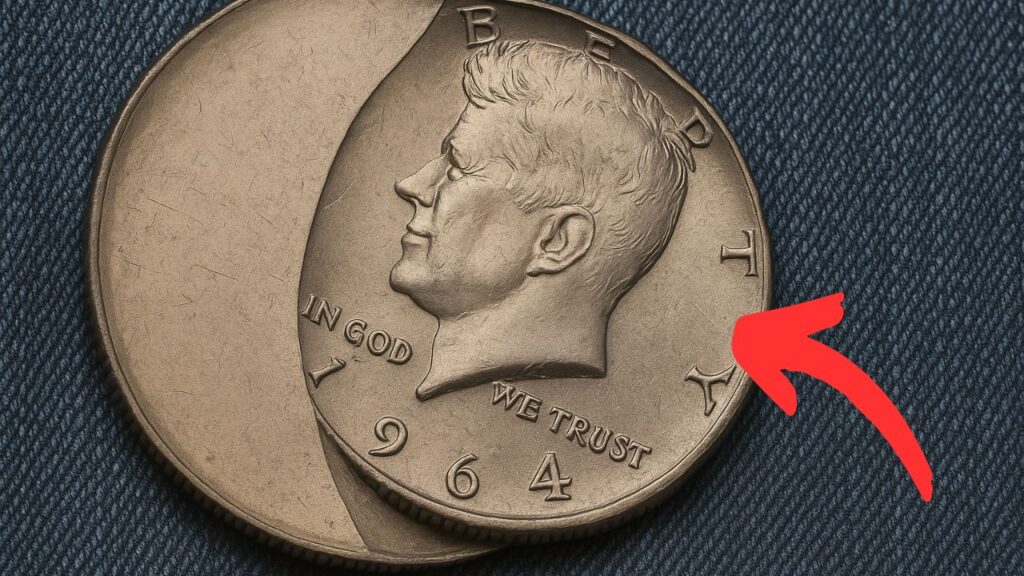Discover the astonishing story of a Lincoln Wheat Penny valued at $5.1 million, a coin that defied expectations by possibly still being in circulation. Learn about its rarity, background, valuation, and whether it could still be found in your spare change.
What Is the $5.1 Million Lincoln Wheat Penny?
In 1943, during World War II, the U.S. Mint switched penny production to zinc‑plated steel to conserve copper. However, a handful of leftover bronze planchets were accidentally struck with the 1943 date—creating extremely rare 1943 bronze Lincoln Wheat Pennies (Wheat cents were minted from 1909 to 1958).
One such high-grade specimen, confirmed as genuine, reportedly sold for $5.1 million in a private sale to an anonymous collector or institution .
Why So Valuable?
Rare factors that drive its extreme value include:
- Unintended metal error during wartime minting.
- Almost none exist—estimates suggest only about 30–40 such coins survive.
- Impeccable condition and provenance, likely graded at very high quality.
Other famous varieties that fetch six‑figure sums include the 1909‑S VDB penny (484,000 minted in San Francisco) and the 1955 doubled‑die penny (20,000–24,000 minted), each occasionally selling for hundreds of thousands or more.
Could It Still Be in Circulation?
Yes—it’s possible. Rare coins like this have surfaced in unexpected places, suggesting they may still exist in circulation or among private hoards. While extremely unlikely to appear in your pocket, the theory remains tantalizing.
Key Details at a Glance
| Feature | Details |
|---|---|
| Year | 1943 |
| Metal Composition | Bronze (instead of standard steel) |
| Mint | Likely Denver or Philadelphia, rare off‑metal strike |
| Estimated Surviving Coins | ~30–40 known specimens |
| Highest Reported Sale | $5.1 million in private sale (high‑grade example) |
| Other Famous Varieties | 1909‑S VDB, 1955 doubled‑die pennies |
| Still In Circulation? | Theoretically yes; rare discoveries still occur |
Historical Background
- 1943 wartime change: Dominant penny composition switched to zinc‑plated steel due to copper shortages.
- Accidental strikes: A few bronze planchets remained from 1942 and were mistakenly used in 1943
- Other high‑value Wheat pennies:
- 1909‑S VDB: Rare San Francisco issue with designer initials, fetches up to $360,000+
- 1955 doubled‑die: Misaligned die causing doubling, roughly 20,000 minted; examples routinely sell for tens of thousands
The 1943 bronze Lincoln Wheat Penny that reportedly sold for $5.1 million is one of the rarest coins in U.S. history, born from a wartime error and preserved in pristine condition.
Though the odds of finding one in circulation are remote, the possibility alone fuels imagination. For collectors and history buffs alike, it embodies rarity, historical intrigue, and the unpredictable thrill of numismatics.
FAQs
Can you realistically find a $5.1 M penny in your pocket?
Technically, yes—but chances are astronomically low. Most surviving examples are already identified or stored.
How do experts authenticate such coins?
Professional grading (e.g. PCGS, NGC) verifies metal, strike quality, provenance, and condition.
What makes this particular penny more valuable than other rare variants?
Its combination of extremely limited numbers, historical error, and exceptional condition puts it in a class above even other million‑dollar Wheat pennies.


